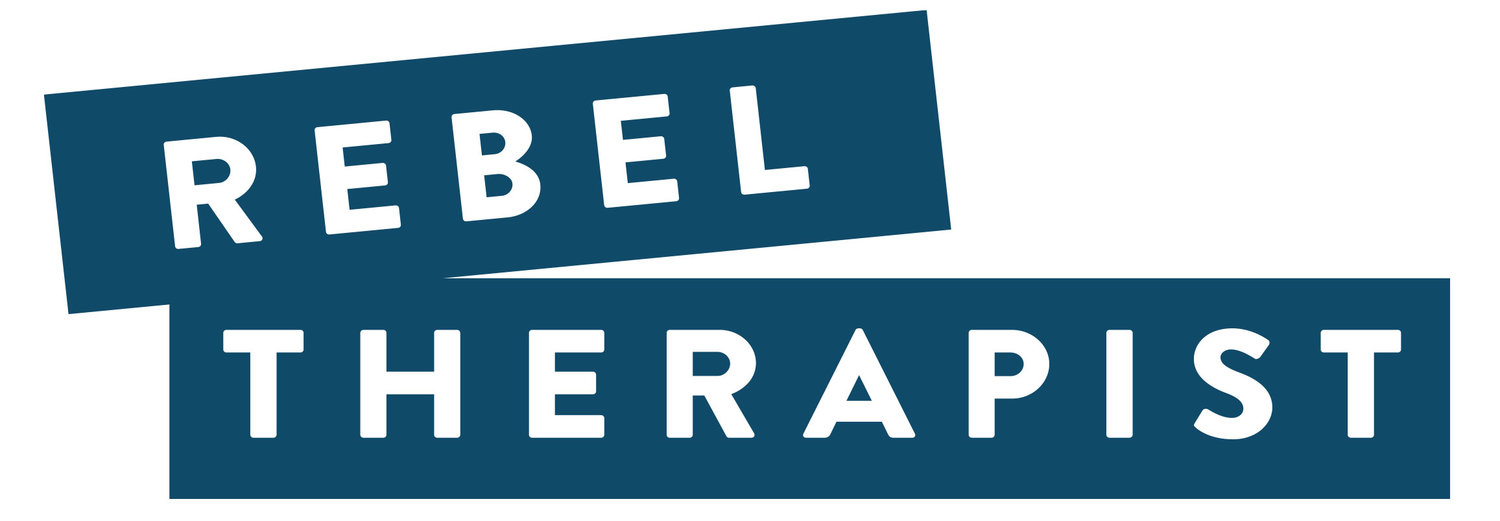Imagine this: Your marketing and the therapy you provide are all part of one whole, rather than separate activities.
You do your work as a therapist because you want to serve people. You see possibilities for your clients that they don’t see for themselves. You are committed to providing the best therapy you can because you want your clients to be happier, more at peace, and less miserable. The ripple effects of the work you do are huge. When you help one person live more fully or you help one couple step out of a stuck conflict, the lives of their loved ones change too. When your practice is full, you help even more people, and the ripple effect spreads even wider.
When I say the word “marketing,” a lot of therapists get uncomfortable. Marketing brings up guilt and shame for a lot of people because they associate it with unethical marketing. Unethical marketing preys on people’s fears and vanity to convince them to spend money on things they don’t need and can’t afford. Unethical marketing hurts people. Marketing your therapy practice, on the other hand, is for the purpose of helping people. Everything you put out there, online and in person, should be honest and ethical and totally aligned with your purpose. Your marketing lets people know there is hope and that you’re available to help. That’s it! You don’t claim to help everyone, and you don’t overpromise or guarantee results.
Marketing is not some strange and separate set of activities you do. It is the beginning of your work with potential clients. It is part of your service.
If your practice isn’t as full as you’d like it to be, you are doing your potential clients a disservice. By hiding who you are and how you can help them, you are making it less likely that they will find you and get the help they need. Sure, they will find other therapists, but what about the people for whom YOU are the best therapist? Marketing your practice is another thing you can do in service of your clients. Is it time to build your practice in a big way? Apply for a free consultation so we can talk about how group or individual coaching with me can help.










